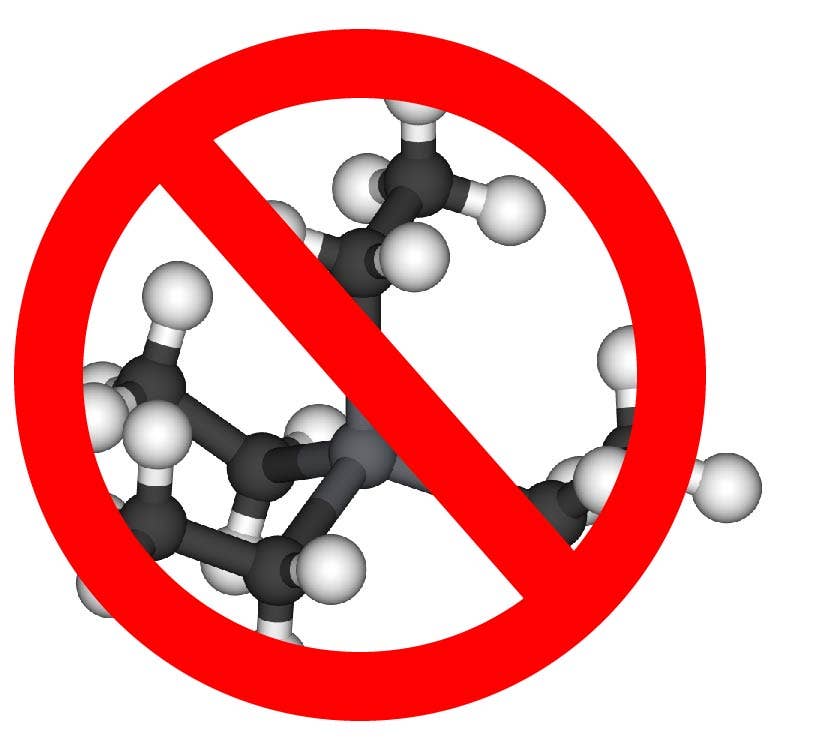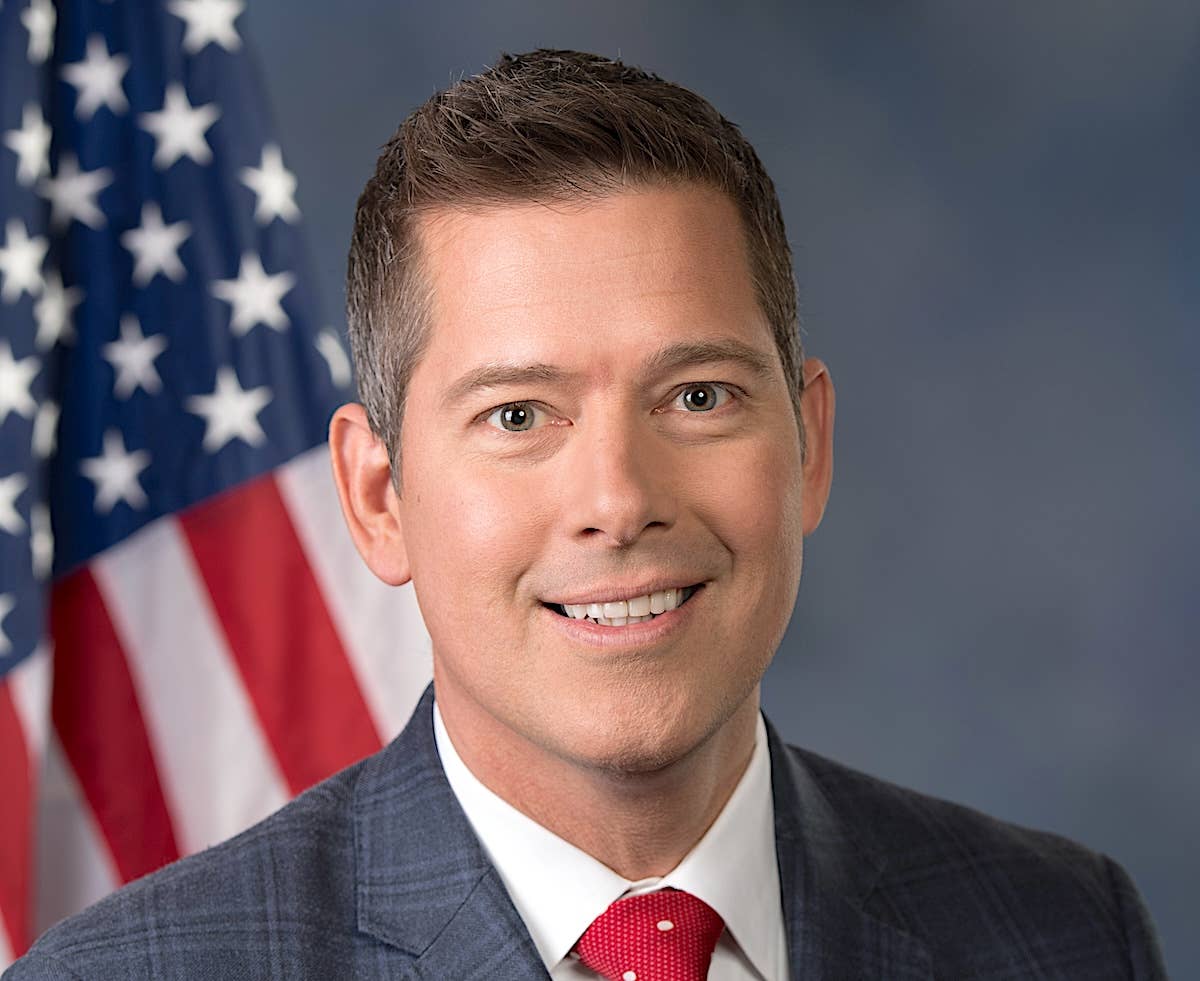Sleepwalking To 100UL
This week’s announcement from the EPA that it’s moving on an endangerment finding for leaded avgas will … well, we’re not sure. We still don’t know what they’ll find.

In yet another milepost in the galactically slow train wreck that is finding a replacement for lead-spiked avgas, the EPA has finally announced its intent to declare leaded fuel environmentally hazardous. And this time, says EPA, we’re serious so all you FAA footdraggers better pay attention. No, really. We mean it. But wait, hold up. What the press release headline said was this, exactly: “EPA to Evaluate Whether Lead Emissions from Piston-Engine Aircraft Endanger Human Health and Welfare.” The waffle word here is “whether.” If the answer is no, no endangerment, then what? Or was this just sloppy prose? Try not to think about it.
Let me again apologize profusely for my unbridled cynicism, but I’ve been covering this unleaded fuel thing for a long time and can’t help but believe that by the time we get this well and truly done, your car will have its own hydrogen fusion reactor and Elon Musk will be opening his second hotel on Mars. But seriously, where are we now on this interminable regulatory grind?
The EPA’s announcement on Wednesday puts a kind of mushy marker down saying the agency intends to issue formal findings by the end of 2022 and from that will emerge specific rulemaking sometime in 2023, the details of which won’t be known until the ink is dry on the documents. Presumably, the FAA and industry have now been put on notice that tetraethyl lead will no longer be permitted as the excellent octane enhancer it has been for so many years. But will that be a date certain that’s soon or another distant deadline to allow the industry yet more developmental time because, after all, 40 years is just not that long? Or will the rules allow some of the half steps proposed in the National Academies of Sciences, Engineering, and Medicine Transportation Research Board report that appeared last year? That august body was tasked by Congress to untangle this avgas problem and make recommendations. Read it for yourself here, but warning: No easy, clean fixes are to be found.
I wouldn’t take a bet on any of this, but my guess is, given the FAA’s recent panicked reorganization of what sort of looks like the moribund Piston Aviation Fuels Initiative, this time we might actually blunder toward a solution of some kind. But nothing is certain, including the EPA’s own findings. In a summary report issued in February 2020, the EPA itself said this of research into hazards posed by leaded aviation fuel: “The two reports are based on the best available, recent data, and use sound analytical methods, but they do not draw definitive conclusions about actual lead levels or risk (AVweb emphasis) and should not be used to evaluate attainment of the lead NAAQS.” That acronym stands for National Ambient Air Quality Standard and applies accepted standards for various pollutants, including lead. EPA research does suggest airborne lead concentration around some airports may approach or exceed NAAQS limits. In other words, despite the uncertainty, EPA is pushing ahead with the potential endangerment finding. Or so it appears.
This is not an argument for retaining lead, by the way. We should have eliminated it years ago, in my view. Only lack of commitment from regulators and industry kept that from happening. Recall that in 2013, the FAA formed the PAFI group with the goal of shepherding a fleetwide unleaded fuel to the market by 2018. Never happened. PAFI was the classic governmental machinery into which money was poured, but nothing emerged. Then, out of the blue, it seemed to rise from the dead with a surprise meeting last November whose goal was, in classic FAA speak, to “invite industry to work in collaboration with government/ FAA toward a lead-free future for aviation gasoline.” I thought we had been doing that since 2013. One task for the November meeting was this: “Socialize Initial Framework with Stakeholder Community and Obtain Feedback/ Collaboration.” There’s a full-throat call to arms if ever there were one.
I’m not sure where this process is going because Shell, once thought to be a leading contender, exited PAFI, Phillips never entered it and the only company to produce a certified fuel, General Aviation Modifications Inc., was never in it, either. Swift also bailed. We don’t know if there are other candidates, but if there are, they better get busy. Despite the EPA’s waffle—and “whether” is a waffle—it could drop the rulemaking hammer eliminating further use of lead. And suddenly, there would be no solution. Except there is. GAMI’s G100UL is approved for hundreds of engines and the list is being expanded. Through Avfuel, it has already graduated to the production and distribution phase, although AVfuel told us at AirVenture in July that this will be a slow, deliberate process.
There’s still some pushback against the fuel STC idea, both within the FAA and the industry. The agency is hung up on a fleetwide approval process which literally requires an act of Congress, since the language has to appear in the FAA’s annual reauthorization. To be fair, it’s not unreasonable to pursue other options even if G100UL is in the bag. GAMI says G100UL will cost more to produce and sell, although whether a 60 or 80 cent price delta matters is open to conjecture. There’s nothing wrong with having another choice in the market to promote price competition. Price notwithstanding, we should all cheer an unleaded future. No fouled spark plugs, cleaner oil and cylinders and none of the nasty lead salts that promote corrosion and crankcase gunking. Whether lower maintenance bills will offset higher fuel cost is further conjecture, but the trend is promising.
We have, in the aviation press, generally assumed that a two-fuel ecosystem—low octane for the low to modest performers and 100-octane for the Cirrus crowd—wasn’t viable. But in this blog, I found more support for the two-fuel idea than I imagined. If force feeding Cherokee drivers with 100-octane they don’t want or need gets them sufficiently up in arms, maybe a two-fuel market is realistic. In its UL94 avgas, Swift has the product, it’s competitively priced with 100LL and users seem to like it. Unfortunately, it’s manufactured in Indiana in low volume. If demand were sufficient, I suspect Swift could find more geographically favorable production sites.
That this may hinge on what the EPA does 24 months from now might be a little disquieting. But in the world of leaded avgas replacement, we should all be used to that by now. The only certain thing is uncertainty.






